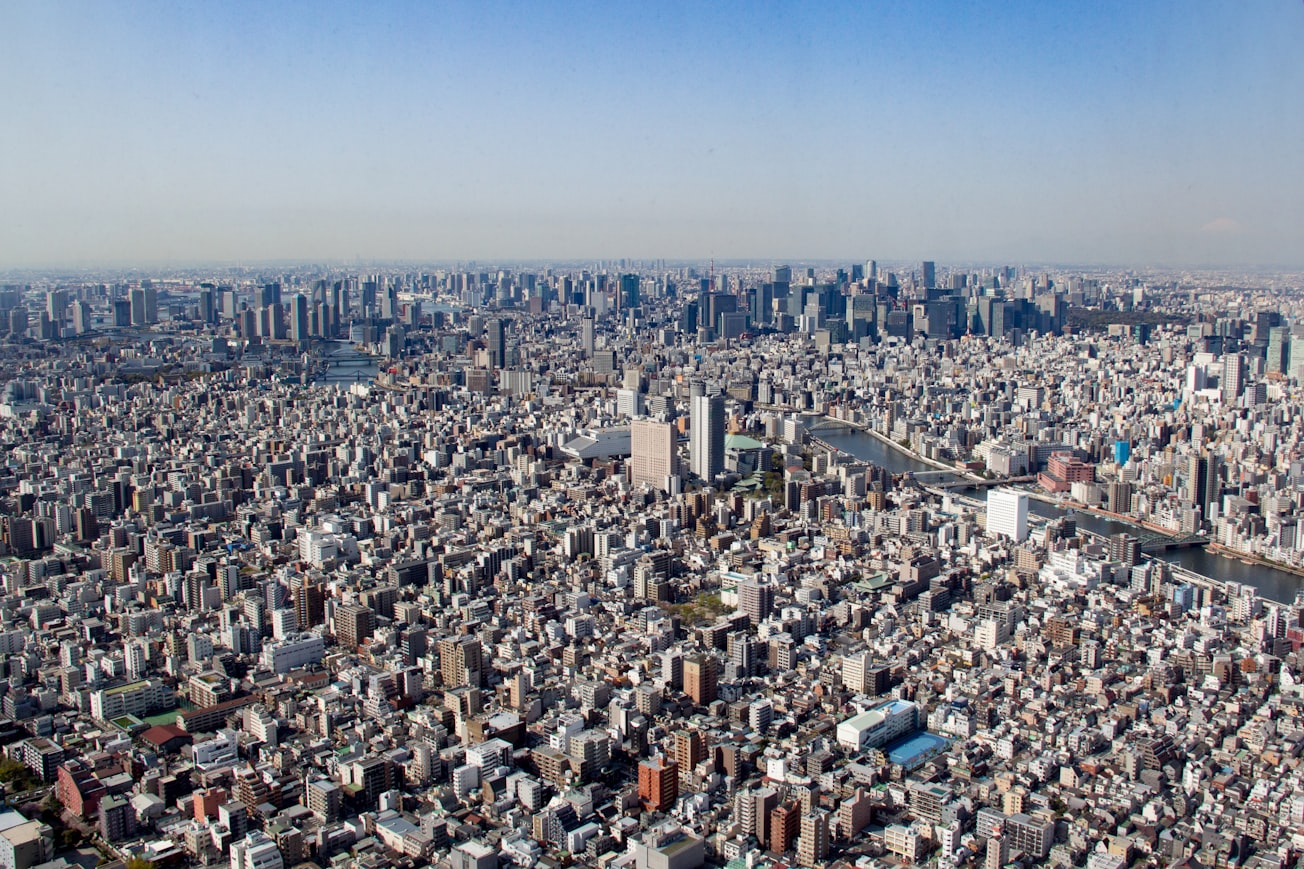What is it about?
This paper examines the effects of urban spatial structure on urban employment growth in China by focusing on two dimensions, monocentricity, and compactness. Theoretically, the urban spatial structure affects urban employment through its effects on transportation costs, the concentration of economic activities, and urban amenities.
Featured Image

Photo by Terence Starkey on Unsplash
Why is it important?
Our findings indicate that to accelerate the transfer of labor to urban sectors, governments in developing countries should pay attention to the planning of the urban spatial structure.
Perspectives

Our empirical analysis verifies a nonlinear U-shaped relationship between the monocentricity of a city and the growth rate of urban employment. Additionally, we find that a high level of compactness accelerates urban employment growth. Furthermore, cities that are more monocentric and more compact experienced more rapid urbanization during our sample period.
wenhua LIU
Read the Original
This page is a summary of: Can the urban spatial structure accelerate urban employment growth? Evidence from China, Growth and Change, December 2021, Wiley,
DOI: 10.1111/grow.12594.
You can read the full text:
Contributors
The following have contributed to this page







